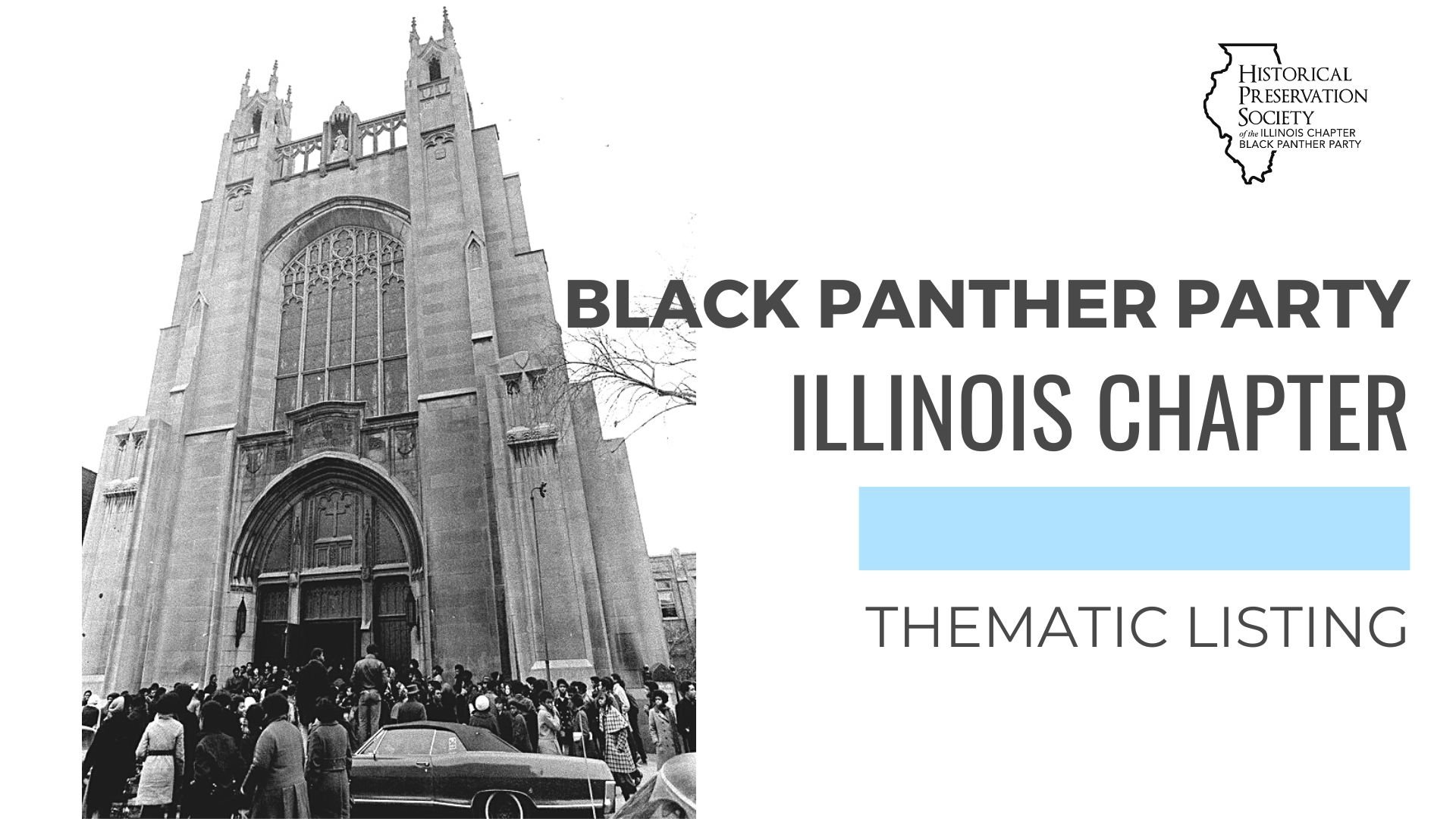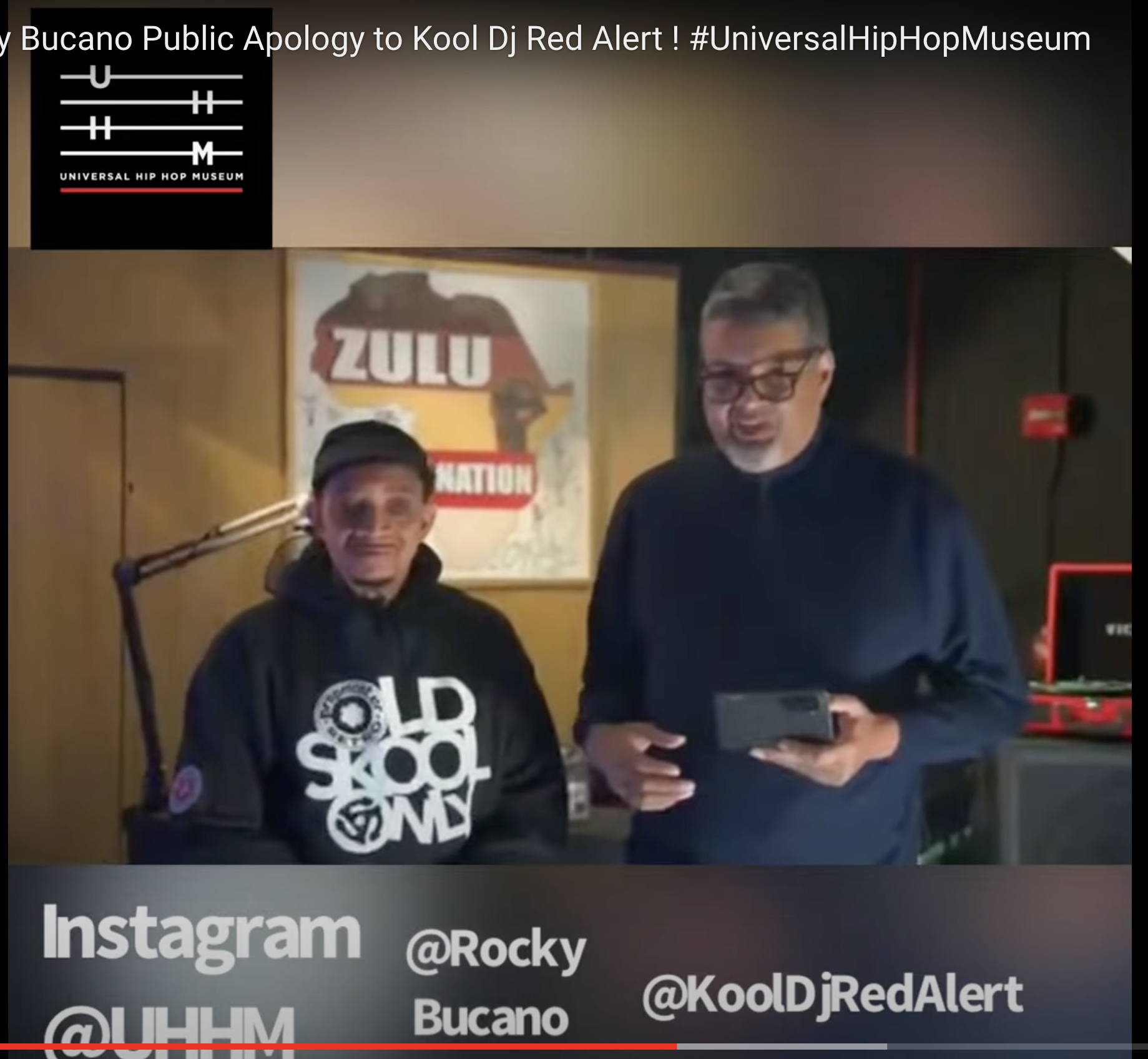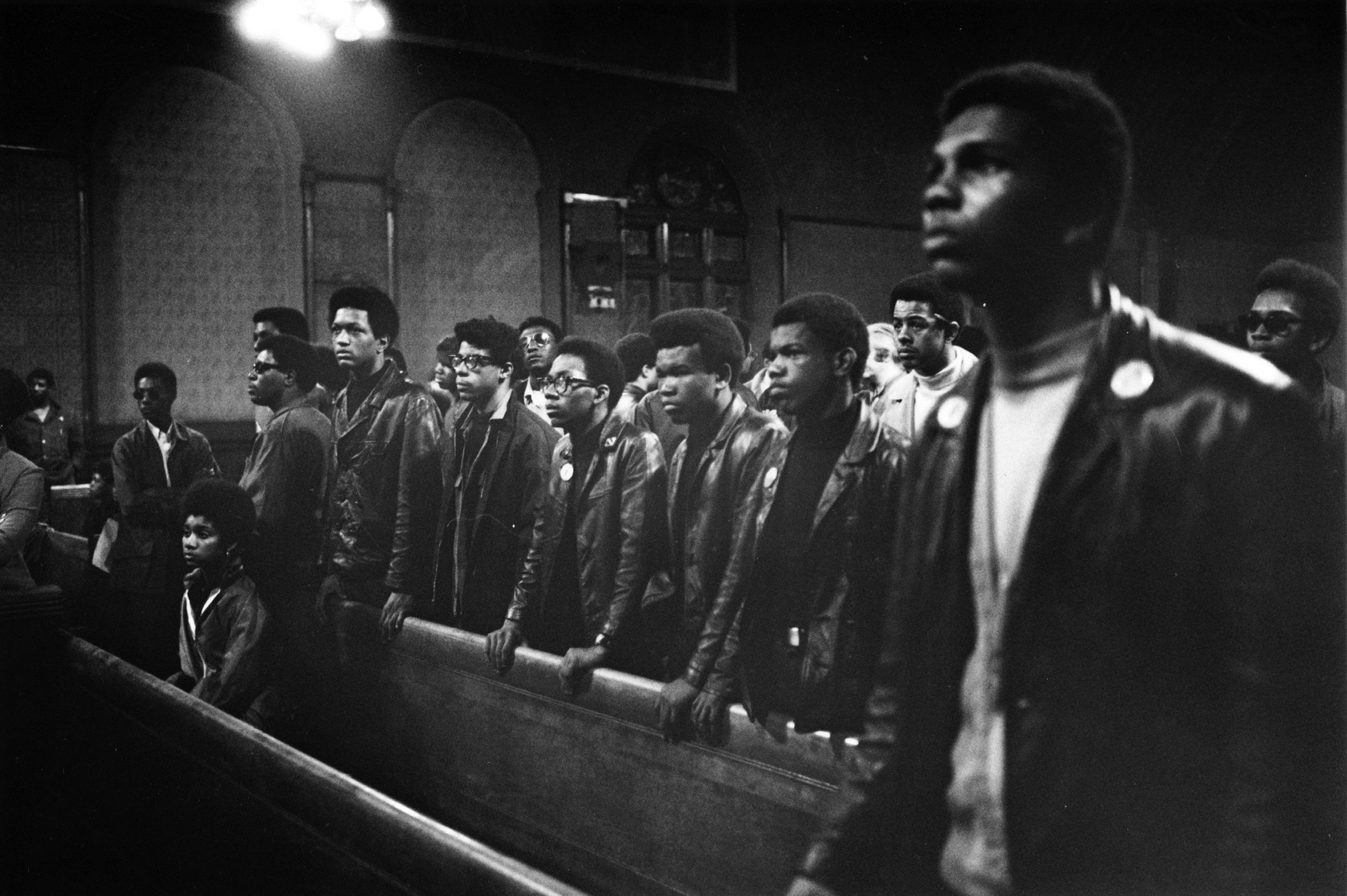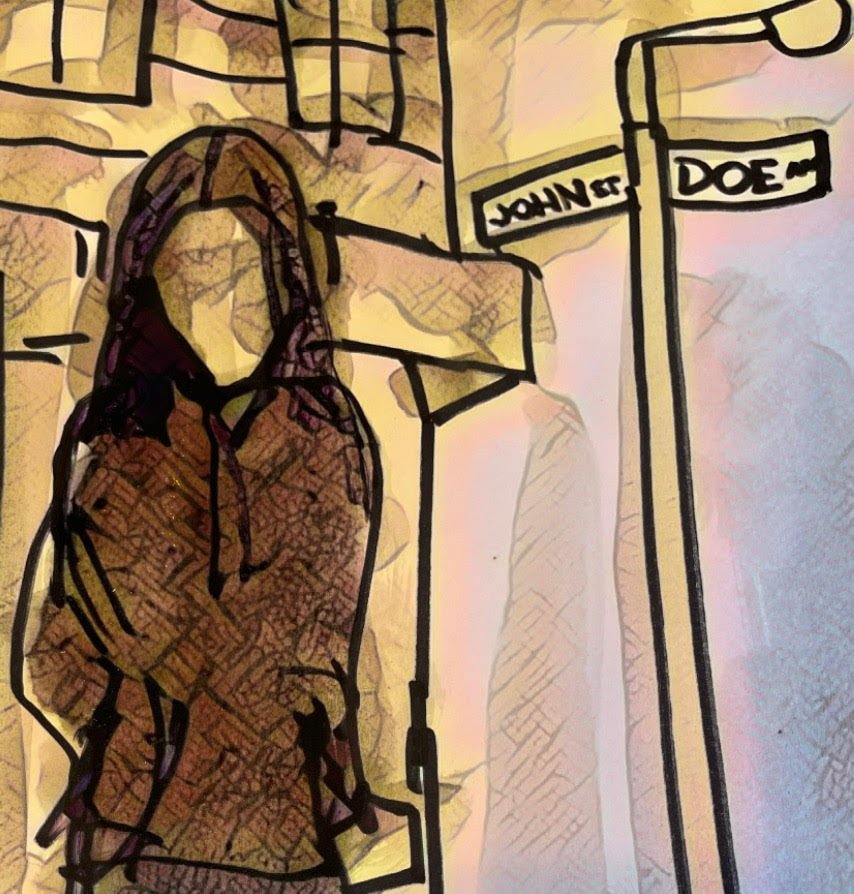Gentrification, Integration, Deconcentration
In the article entitled, Spatial Deconcentration, Yulonda Ward lays out her research on the gentrification of black neighborhoods. She insists that the depopulation of blacks in major cities came as a result of the Kerner Commission Report of 1968. Kerner himself, the chairman of the commission and former governor of Illinois, and the influence of Chicagoan Anthony Downs, makes Chicago an important study of this deconcentration.
The racial uprisings during the sixties exemplified the boiling over of a simmering anger and this violent threat upon major cities was taken very seriously. President Johnson commissioned Governor Kerner and others to figure out how to prevent such violence in the future. One way was to depopulate the heavy concentration of blacks in central areas and disperse them throughout the suburbs and surrounding areas. This came with the recommendation of measures to ensure another concentration does not occur and that whites remain the majority, economically and politically, in all metropolitan and suburban areas.
What developed were major policy changes in every influence of American life from media to housing to cultural holidays. All avenues of leverage over black life were given direction on how to appease and disband this disgruntled mass. There was no genuine effort for equal human rights, there was only the appearance of the government validating their pathetic lives.
Excerpt from the Kerner Commission
Three choices are open to the nation:
* We can maintain present policies, continuing both the proportion of the nation’s resources now allocated to programs for the unemployed and the disadvantaged, and the inadequate and failing effort to achieve an integrated society.
* We can adopt a policy of “enrichment” aimed at improving dramatically the quality of ghetto life while abandoning integration as a goal.
*We can pursue integration by combining ghetto “enrichment” with policies which will encourage Negro movement out of central city areas.
We believe that the only possible choice for America is the third – a policy which combines ghetto enrichment with programs designed to encourage integration of substantial numbers of Negroes into the society outside the ghetto.
As a result of other recommendations, blacks got television shows, such as Good Times and The Jeffersons, the holiday Kwanzaa and HUD vouchers to depopulate their concentration in major cities and move to the surrounding suburbs.How to induce this willingness to leave was well thought out by Mr. Anthony Downs to satisfy two main concerns; prevention of future riots and political control.
The black birth rate was in line with other races but the concentration of blacks in major American cities was forecast to outnumber whites within decades. It was recommended that policies be put in place to ensure the number of blacks in major cities be no more that 25% of the city’s population.
Anti-discrimination housing laws came as a result of the Commission to deconcentrate major American cities who were at risk of having their political control in the hands of black mayors. Another attack on the ghetto was launched by President Nixon’s, “War on Drugs,” and a major player has recently admitted this was really a, “War on Blacks.” Nixon and President Reagan continued this fight all while the ghetto was being drowned in heroin. Bill Clinton, next in line and right on cue, wrote his crime bill with the help of Chicago’s now-mayor Rahm Emanuel.
Militant Blacks were viewed by the FBI, CIA and the White House as a possible insurgency group who were increasingly being courted by those who were left powerless against the system.
The more educated blacks were, the less of a threat they posed. The idea being that more education meant better financial standing and the more money one made, the more he would have bought into the American way of life and the accompanying system of capitalism. The more rebellious blacks, those with little or no education, militant and the poor bore the brunt of both the war on drugs and spatial deconcentration.
More black parents became drug addicts, more children were unsupervised, more teens had babies and more males were locked up. The old neighborhood had quickly become, “the hood,” and former “neighbors” started locking their doors or packed up and moved.
HUD policies specifically stated that no one with a criminal record could qualify for these housing vouchers and women on welfare, who were the main recipients, also could not have a man in the house. So, as the males were in and out of prison, the women who were able to qualify, took their children and moved to the suburbs leaving their ex-con or drug dealing boyfriends in the city.
In Bronzeville, over 30,000 residents and potential voters vanished and have been dispersed throughout the Chicagoland area. As recidivism continued during the war on drugs, those paroled or on probation returned to the city from jail until the entire street culture had changed, hence, the sagging pants phenomenon. The sagging pants were the result of being locked up with no belt to hold up oversized prison pants and also a hint to other inmates that you were willing to do sexual favors in exchange for cigarettes, money or whatever else. Today, your eyes can be visually accosted by the rear end of any given male and we act clueless as to how this started.
Over time, the black areas in our city have become overrun with crime, drugs and a prison population.
The plan of Anthony Downs, who wrote two chapters of the Kerner Report, suggested that the abandoned housing that blacks lived in was not fit for human life and should be torn down with the land held or banked until depopulation was complete and white gentry could repopulate the area. Vacant lots are now a distinct characteristic of Bronzeville and other black metro areas across the country. So, over time, the black areas in the city have become overrun with crime, drugs, a prison population, bulldozers and large expanses of vacant lots.
Next in Downs’ plan was to divest city resources in these prime locations to further convince blacks to willingly leave for greener pastures. The unprecedented number of school closings in black neighborhoods, the non-passing of the state budget and the possible closing of Chicago State University all fit into this plan to make life a living hell for black people so that they move out of the city limits.
Black children are being herded into schools and walking through hostile territories now under prison dictates and loving parents can not emotionally afford to keep this up. The closing of mental health facilities was another huge divestment of city resources which has made the day-to-day quality of life increasingly worse for residents and patients who cannot receive even the least amount of care for their illnesses. Well, unless, of course, they go to Cook County Jail where Sheriff Tom Dart has instituted new measures to combat this problem.
Downs also stated, more than likely for appearances, that small scale projects should be continued in the ghetto but not large developments that would bring jobs, training and housing. He himself knew these small scale projects would be regarded as “tokenism” but said that a placebo was better than no medicine at all. Over time, black areas in the city have become overrun with crime, drugs, a prison population, bulldozers, large expanses of vacant lots and divestment of city resources.
Downs’ also suggested that crime prevention become a top priority in central cities and in the suburbs that absorbed these lower income residents and in walks the occupying military of the Chicago Police who have officers like Jason Van Dyke who use their jobs as a sport to catch and beat niggers. It is all in good fun, you understand, which is why his crew destroyed video evidence and lied on their reports and we’re still paying their salaries. Not to miss an opportunity to make money and thanks again to Bill Clinton, Hillary Clinton and Rahm Emanuel, the school to prison pipeline of black children, mass incarceration and for-profit prisons have become the new slave trade or, as Michelle Alexander’s book says, the new Jim Crow.
In Chicago, even with all of the extreme attacks this country institutes on our people, we are still one-third of the city’s population while only 12% of the United States population in total. It is not only good political practice for a minority group with small numbers to concentrate in the same area, it is also a natural migration pattern. Metropolis
Powered By Scotland Clothing LLC >>



















